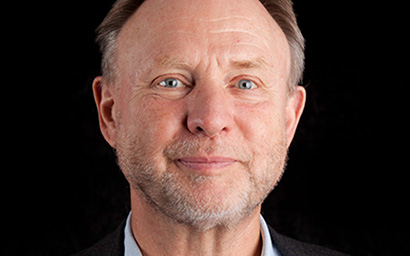Analysis shows the extent to which ETFs can miss the returns that investors would expect – particularly in emerging markets and credit products, finds Jesper Kirstein of Copenhagen-based consultancy, Kirstein.
It is often stated that investors should turn to ETFs rather than active management, as they are then guaranteed to get the market return. This, however, is not true.
According to our calculations, the use of ETFs in a mixed portfolio consisting of 30% Danish bonds, 30% credit (high yield debt, senior bank loans and emerging market debt) as well as 40% equity (of which 10% is in emerging markets) underperforms the market by 0.25% p.a. These calculations are based on investments in the best ETFs in every market since inception. Furthermore, it is presumed that stock lending in the ETFs is carried out—something that might be problematic for some investors.
Underperformance is caused by the direct costs that are connected to ETFs, the transaction costs as well as the fact that ETFs on, for example, credit do not cover the entire market and thereby cannot normally obtain the market return.
In global equity, a number of global ETFs are doing well, and historically, their underperformance is at par with the direct costs—and in some cases even smaller.
But in emerging markets, ETFs have had more difficulty in keeping up, and underperformance including costs constitutes only a small percentage per year in the general market.
It is not looking better in the credit markets, where the markets are more difficult to replicate and transaction costs are considerable, even in passive portfolios. It has been pointed out several times that a substantial turnover in the form of reinvestment of interest rates and prepayments is needed in order to recreate a passive portfolio.
Our data shows that ETFs in high yield and emerging market debt underperform by 1% or more p.a., of which more than half is not related to direct costs. As for bank loans, the annual underperformance of an ETF is up to 1.50%.
As mentioned, for these calculations it is presumed that the investor’s choice of ETFs is optimised, but there can be a considerable difference between the performance of the various ETFs from different providers, and the risk of choosing the wrong one is a factor to consider.
The implications of this is not necessarily that investors—in particular private investors—should not use ETFs if they or their advisors find it difficult to find suitable managers. However, they ought to adjust their expectations and be prepared to obtain a return that is significantly below the market (or benchmark) return.
At the same time, it seems obvious that the requirements for active managers should probably be adjusted so they reflect the difficulties in investing in the full market along with the often considerable transaction costs that result from managing even passive portfolios. For this reason, we increasingly recommend that professional investors also compare their active performance to the investable alternative—which might be ETFs.
Jesper Kirstein (pictured) is Board member and owner of Kirstein
©2019 funds europe





